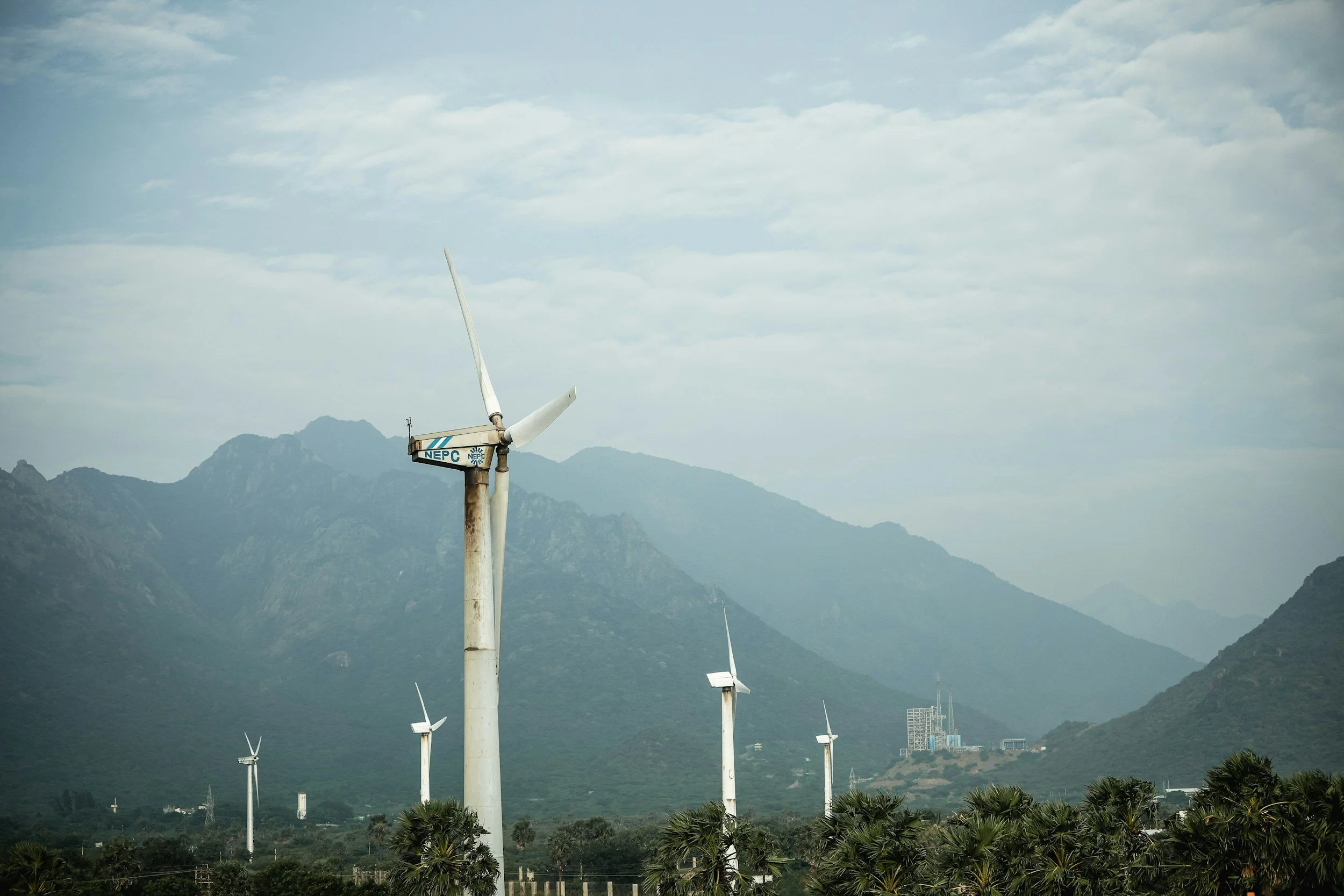By: Piyush Verma
In June this year, India crossed a major energy milestone, with 50% of its installed electricity capacity now coming from non-fossil fuel sources. India’s total installed electricity capacity that month stood at 484.82 GW, of which 242.78 GW (50.08%) came from non-fossil sources. This includes a diverse mix of solar, wind, small hydro, biomass, and waste-to-energy — as well as large hydropower and nuclear power. Solar energy leads the way, contributing nearly 24% of total installed capacity.
When India joined the Paris Agreement in 2015, it pledged to achieve 40% of its installed electricity capacity from non-fossil fuel sources by 2030. This target was later raised to 50% in its updated Nationally Determined Contributions in 2022. Reaching that goal by 2025 — five years ahead of schedule — is a testament to India’s policy ambition and execution. More importantly, it offers three valuable lessons for energy and climate policymakers around the world, particularly in coal-dependent developing economies.
One, India’s dramatic leap was rooted in a strategic interplay of bold target-setting and agile market reforms. By enshrining ambitious commitments into national policy at COP26 in Glasgow in 2021, the government created a north star for the sector. This vision was operationalized through well-calibrated schemes addressing both demand and supply constraints. Initiatives such as PM-KUSUM (for decentralized solar among farmers) and PM Surya Ghar Yojana (rooftop solar for households) nudged wide adoption at the grassroots, while policies enabling wind-solar hybrid projects and mega solar parks provided market scale and risk mitigation. Crucially, reform went beyond programs: streamlined regulatory clearances, expanded grid infrastructure, and transparent, competitive auctions — spearheaded by Solar Energy Corporation of India and state utilities — aligned market incentives with policy objectives. Landmark projects like the Rewa Ultra Mega Solar Park, which shattered price barriers and attracted a flood of private investment, exemplified how deft auction design and institutional innovation can convert ambition into reality with minimal fiscal outlay.
Two, India’s clean energy ascent was also propelled by the catalytic interplay of technology, scale, and cost economics. Successive waves of innovation — especially in solar and wind — drove both efficiency gains and dramatic cost declines, with solar-plus-storage frequently out-competing new coal on a levelized cost basis. This fundamental shift in cost structures reoriented the market calculus, turning renewables from aspirational to inevitable for both public planners and private financiers. Advanced grid solutions — including wind-solar hybridization and the initial deployment of utility-scale battery energy storage systems — are beginning to address the challenge of intermittency and facilitate greater renewable energy integration, helping to support grid stability as India’s clean energy capacity rises. At the same time, concerted expansion of domestic manufacturing — supported by both local and global capital— lowered input costs, built supply-chain resilience, and generated robust employment.
This dynamic has created a virtuous cycle in which declining costs drive accelerated deployment and fuel continued industrial momentum. By mid-2025, India’s renewables tally had surpassed 185 GW, anchored by megaprojects like Bhadla Solar Park, along with many other projects and buoyed by dynamic wind, hydro, and biomass additions. These innovations, combined with grid-scale hydro and nuclear for firming capacity, transformed India’s clean energy landscape from incremental progress to exponential growth.
Three, India’s clean energy revolution was as much a triumph of financial engineering as of technology or policy. The key was not just the sheer volume of capital mobilized, but the strategic orchestration of public and private investment to de-risk renewables and unlock scale. Public outlays — through subsidies, concessional finance, and green policy incentives — acted as powerful signal boosters, lowering the cost of capital and tipping the risk-reward calculus in favor of clean energy. In 2024, over 80% of total power sector investment flowed into clean energy, driven by strong policy backing and stable returns. States like Gujarat, Rajasthan, Tamil Nadu, and Maharashtra led the way, offering investment-ready ecosystems that generated green jobs and drove capacity growth — together accounting for more than 60% of new capacity in early 2025.
Global and domestic investors rapidly responded, enticed by robust policy frameworks and stable returns, driving India to the forefront of global clean energy finance. Crucially, investment flows leveraged India’s economic ambitions, fostering domestic manufacturing and fortifying energy supply chains in line with the Atmanirbhar Bharat (Self-Reliant India) agenda. India’s experience demonstrates that when investment ecosystems are intelligently aligned with climate goals — through risk mitigation, targeted incentives, and national and subnational leadership — the energy transition becomes a commercially viable, socially inclusive growth story.
While challenges remain in terms of generation mix, grid integration, infrastructure resilience and storage capacity, India’s milestone sends a clear message: ambitious goals, backed by policy, innovation, and investment, can deliver real-world impact. India’s experience offers valuable insights for global climate diplomacy and energy transition planning — showing that emerging economies can lead on climate without compromising growth.
Piyush Verma is Senior Fellow for the Energy & Climate program at ORF America.

